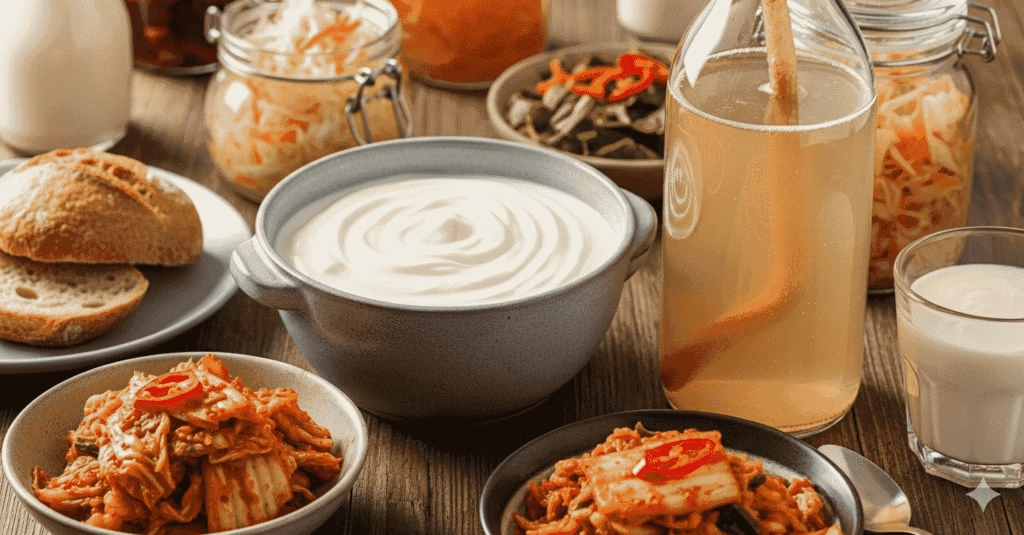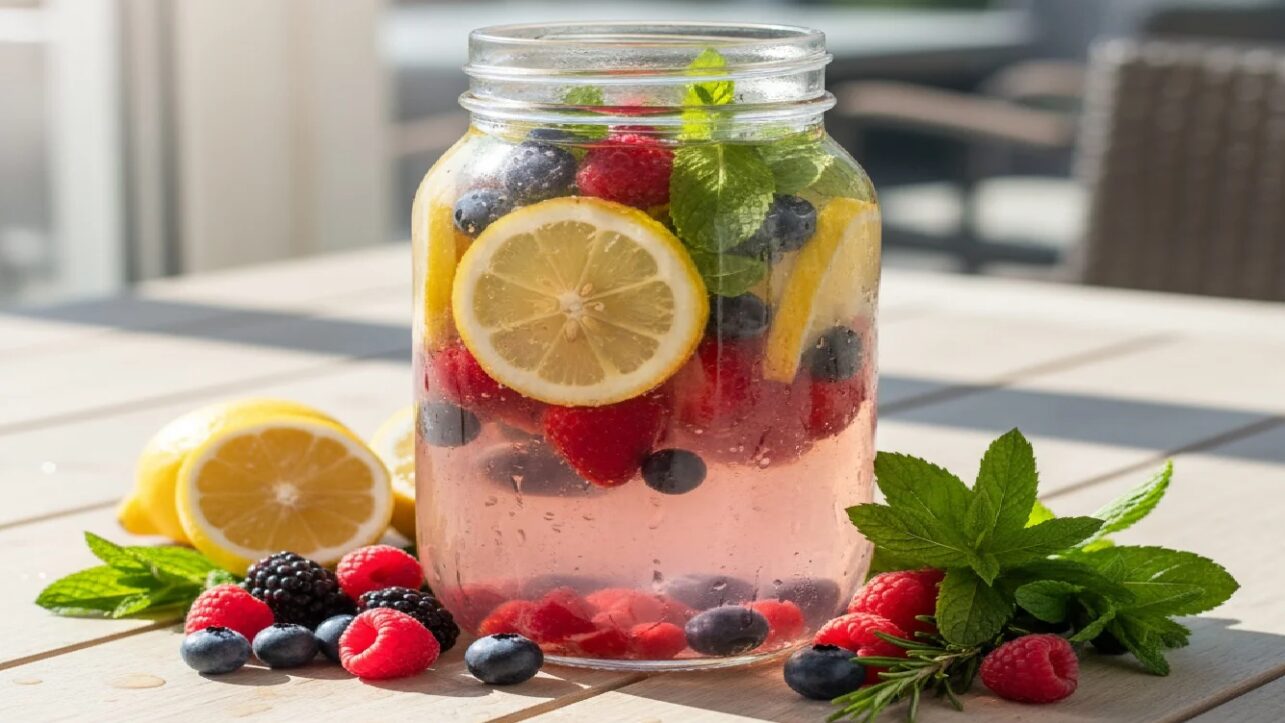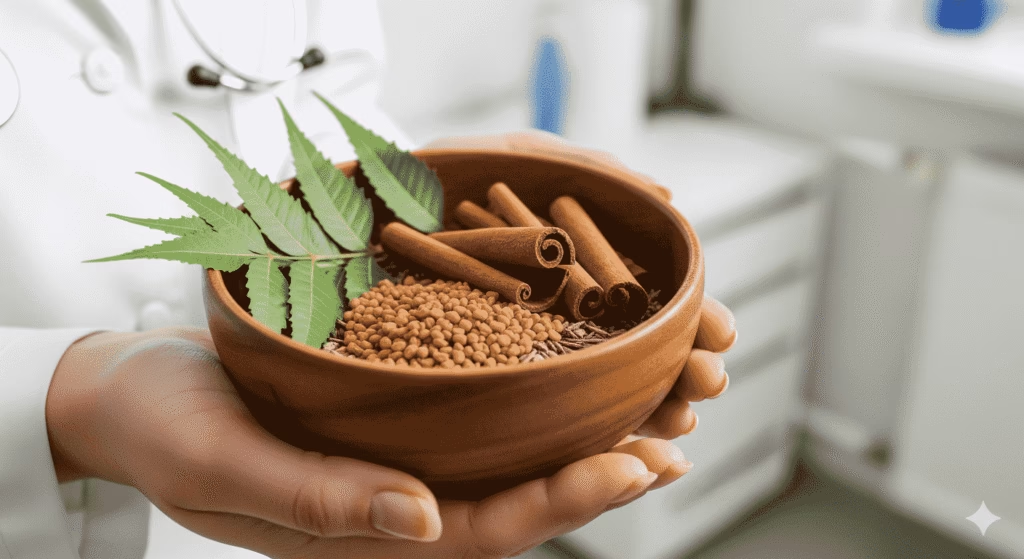Taking antibiotics can save your life by fighting dangerous bacterial infections, but they also create an unwelcome side effect: devastating your gut microbiome. If you’re experiencing digestive issues after completing an antibiotic course, you’re not alone. Research shows that antibiotic treatment can reduce gut bacterial diversity by up to 90%, leaving you vulnerable to digestive problems, weakened immunity, and even antibiotic-resistant infections.
The good news? Fermented foods offer a natural, scientifically-proven pathway to restore your digestive health faster than your gut can recover on its own. Unlike expensive probiotic supplements, fermented foods provide live beneficial bacteria alongside prebiotics, postbiotics, and bioactive compounds that work synergistically to rebuild your gut ecosystem.
Why Antibiotics Devastate Your Gut Health
Antibiotics work by killing bacteria – both harmful pathogens and the beneficial bacteria that maintain your digestive health. This creates what researchers call “microbiome dysbiosis,” a state where harmful bacteria can overgrow while beneficial species struggle to survive.
The immediate consequences include:
- Antibiotic-associated diarrhea (affecting 10-25% of antibiotic users)
- Increased susceptibility to infections like C. difficile
- Digestive symptoms: bloating, gas, irregular bowel movements
- Compromised immune function (70% of immune system is gut-based)
- Disrupted production of short-chain fatty acids essential for gut health
Without intervention, your gut microbiome may take months to years to fully recover – and some beneficial bacterial strains may never return to pre-antibiotic levels.
How Fermented Foods Accelerate Gut Recovery
Fermented foods work through multiple mechanisms that make them superior to isolated probiotic supplements for post-antibiotic recovery:
1. Multi-Strain Bacterial Diversity
Unlike single-strain probiotic pills, fermented foods contain complex communities of beneficial bacteria. Kefir, for example, contains over 30 different bacterial strains working together to restore microbial balance.
2. Prebiotics and Postbiotics Combined
Fermented foods provide not just live probiotics, but also:
- Prebiotics: Fiber and compounds that feed beneficial bacteria
- Postbiotics: Beneficial metabolites produced during fermentation, including short-chain fatty acids, peptides, and organic acids
3. Enhanced Bacterial Survival
The fermentation process creates an acidic environment that helps beneficial bacteria survive stomach acid better than freeze-dried supplement bacteria.
4. Bioactive Compounds
Fermentation produces unique compounds like bacteriocins (natural antibiotics that target harmful bacteria) and enzymes that aid digestion.
The 7 Most Powerful Fermented Foods for Post-Antibiotic Recovery

1. Kefir: The Microbiome Powerhouse
Optimal serving: 1/2 to 1 cup daily Best timing: Between meals or 2-4 hours after antibiotics
Kefir contains the most diverse bacterial population of any fermented dairy product. Research from Stanford University shows that consuming kefir for 10 weeks increases gut microbiome diversity by 20% compared to non-fermented foods.
Key strains: Lactobacillus kefiri, Bifidobacterium, Leuconostoc species
2. Sauerkraut: The Fiber-Probiotic Combination
Optimal serving: 2-4 tablespoons daily Best timing: With meals to aid digestion
Raw, unpasteurized sauerkraut provides both probiotics and high fiber content that feeds beneficial bacteria. Studies show sauerkraut consumption increases Lactobacillus populations within 7 days.
Pro tip: Choose refrigerated varieties over shelf-stable canned versions, which have been pasteurized and contain no live bacteria.
3. Kimchi: The Anti-Inflammatory Ferment
Optimal serving: 1-3 tablespoons daily Best timing: With meals
Korean kimchi contains unique bacterial strains not found in other fermented foods, plus anti-inflammatory compounds from garlic, ginger, and chili peppers. Research indicates kimchi consumption can restore gut barrier function damaged by antibiotics.
4. Miso: The Postbiotic Champion
Optimal serving: 1-2 tablespoons in soup or dressing daily Best timing: Any time
Long-fermented miso (6+ months) contains high concentrations of beneficial postbiotics including short-chain fatty acids that directly nourish gut lining cells.
5. Kombucha: The Gentle Recolonizer
Optimal serving: 4-8 oz daily Best timing: Between meals
Kombucha’s tea polyphenols act as prebiotics while providing gentle probiotic recolonization. Choose varieties with less than 5g sugar per serving to avoid feeding harmful bacteria.
6. Tempeh: The Protein-Probiotic Combo
Optimal serving: 3-4 oz, 2-3 times per week Best timing: As protein source with meals
Tempeh provides complete protein alongside probiotics, making it ideal for vegetarians recovering from antibiotics. Its Rhizopus oligosporus cultures help break down antinutrients and enhance mineral absorption.
7. Natural Greek Yogurt: The Accessible Option
Optimal serving: 1/2 to 1 cup daily Best timing: With breakfast or as snack
Choose varieties with “live and active cultures” containing multiple Lactobacillus and Bifidobacterium strains. Full-fat versions provide better nutrient absorption.
Your 14-Day Fermented Foods Recovery Protocol
Week 1: Gentle Reintroduction
Days 1-3: Start with mild options
- 1/4 cup kefir or yogurt daily
- 1 tablespoon sauerkraut with one meal
- Wait 2-4 hours after final antibiotic dose
Days 4-7: Gradual increase
- Increase to 1/2 cup kefir/yogurt
- Add 2 tablespoons sauerkraut
- Introduce 1 tablespoon kimchi or 4 oz kombucha
Week 2: Diversification
Days 8-14: Full variety
- Rotate between 3-4 different fermented foods daily
- Reach optimal serving sizes
- Add miso soup 2-3 times per week
- Include tempeh as protein source
Ongoing Maintenance
Continue with 2-3 different fermented foods daily, rotating varieties to maximize bacterial diversity.
Troubleshooting Common Post-Antibiotic Fermented Food Issues
Problem: Increased gas or bloating when starting fermented foods
Solution: Start with smaller amounts (1-2 teaspoons) and gradually increase. This indicates gut bacteria adjustment.
Problem: Digestive upset continues despite fermented food consumption
Solution: Consider SIBO (small intestinal bacterial overgrowth) – consult healthcare provider for testing.
Problem: Not enjoying the taste of fermented foods
Solution: Mix small amounts into familiar foods (yogurt in smoothies, sauerkraut in salads, miso in salad dressing).
Problem: Inconsistent results
Solution: Ensure variety – different fermented foods provide different bacterial strains. Aim for 3-4 types weekly.
Maximizing Fermented Food Effectiveness: The Supporting Cast
Prebiotic Foods to Include:
- Garlic, onions, leeks (when tolerated)
- Green bananas and plantains
- Jerusalem artichokes
- Asparagus and artichokes
Foods to Temporarily Limit:
- High-sugar foods that feed harmful bacteria
- Processed foods with preservatives that harm gut bacteria
- Excessive alcohol (until gut recovery is complete)
Lifestyle Factors:
- Manage stress (cortisol disrupts gut bacteria)
- Prioritize sleep (gut microbiome follows circadian rhythms)
- Include moderate exercise (increases beneficial bacteria diversity)
When to Expect Results and What to Monitor
Timeline for gut recovery with fermented foods:
Week 1-2: Digestive symptoms begin improving
Week 3-4: Energy levels and immune function start recovering
Week 6-8: Gut bacterial diversity significantly increased
Month 3-6: Full microbiome recovery (varies by individual)
Positive signs to watch for:
- More regular, formed bowel movements
- Reduced bloating and gas
- Improved energy levels
- Better mood and sleep (gut-brain axis recovery)
- Fewer food sensitivities
The Science Behind the Success
Research from Stanford Medicine, published in Cell journal, demonstrates that fermented food consumption increases microbiome diversity by significant amounts compared to other dietary interventions.”
- 20% increase in gut bacterial diversity
- Reduced inflammatory markers
- Enhanced immune function
- Better short-chain fatty acid production
Making It Sustainable: Long-Term Gut Health Strategy
Recovery from antibiotics is just the beginning. To maintain optimal digestive health:
Daily foundation: Include 1-2 servings of different fermented foods
Weekly variety: Rotate through 5-7 different options
Seasonal adjustments: Increase fermented foods during illness seasons
Quality focus: Choose organic, unpasteurized options when possible
Conclusion: Your Path to Digestive Recovery
Fermented foods represent your most powerful tool for recovering digestive health after antibiotics. Unlike expensive supplements with questionable survival rates, fermented foods provide living bacterial ecosystems alongside the nutrients they need to thrive.
The key is consistency and variety. Start gently, build gradually, and maintain long-term. Your gut microbiome – and overall health – will thank you.
Remember: while fermented foods are generally safe for most people, consult your healthcare provider if you have compromised immunity, are taking immunosuppressive medications, or experience severe digestive symptoms that don’t improve within 2-3 weeks.
Take action today. Your journey back to optimal digestive health starts with your next meal – and the beneficial bacteria waiting to restore your gut ecosystem.
faqs
How long does it take for the gut to recover after antibiotics?
Without intervention, recovery may take several months to years, and some beneficial strains may never return. With fermented foods, improvements in digestion and immunity can be seen within 2–4 weeks, with more complete recovery in 3–6 months.
Can I take probiotic supplements instead of fermented foods?
Probiotic supplements can help, but most contain only 1–3 strains. Fermented foods offer dozens of strains plus prebiotics, postbiotics, and bioactive compounds that make them more effective for long-term recovery.
When should I start eating fermented foods after antibiotics?
Wait at least 2–4 hours after your last antibiotic dose each day before consuming fermented foods. This ensures the antibiotics don’t immediately kill the beneficial bacteria you’re introducing.
Which fermented food should I start with if I’ve never had them before?
Begin with gentle options like yogurt or kefir. Introduce small amounts (1–2 teaspoons) and gradually increase as your gut adjusts.
Can everyone eat fermented foods safely?
Most people tolerate fermented foods well. However, those with weakened immunity, histamine intolerance, or small intestinal bacterial overgrowth (SIBO) should consult a healthcare provider before starting.
Do pasteurized fermented foods still help?
No. Pasteurization kills live beneficial bacteria. Choose raw, unpasteurized, or “live culture” versions stored in the refrigerated section.
Should I continue fermented foods once my gut has recovered?
Yes. For long-term gut and immune health, make fermented foods a daily habit. They not only restore but also maintain microbial diversity.












